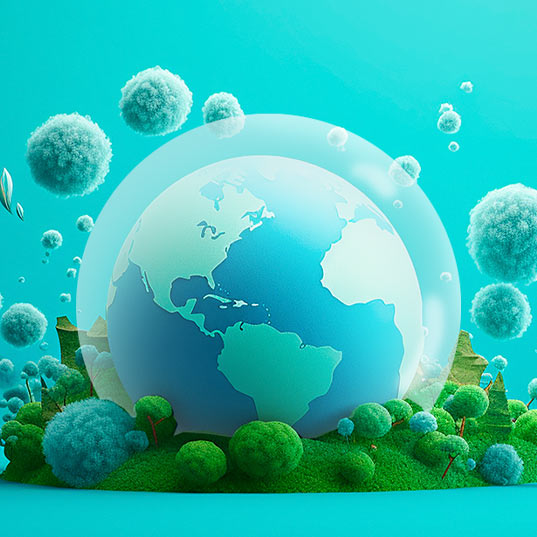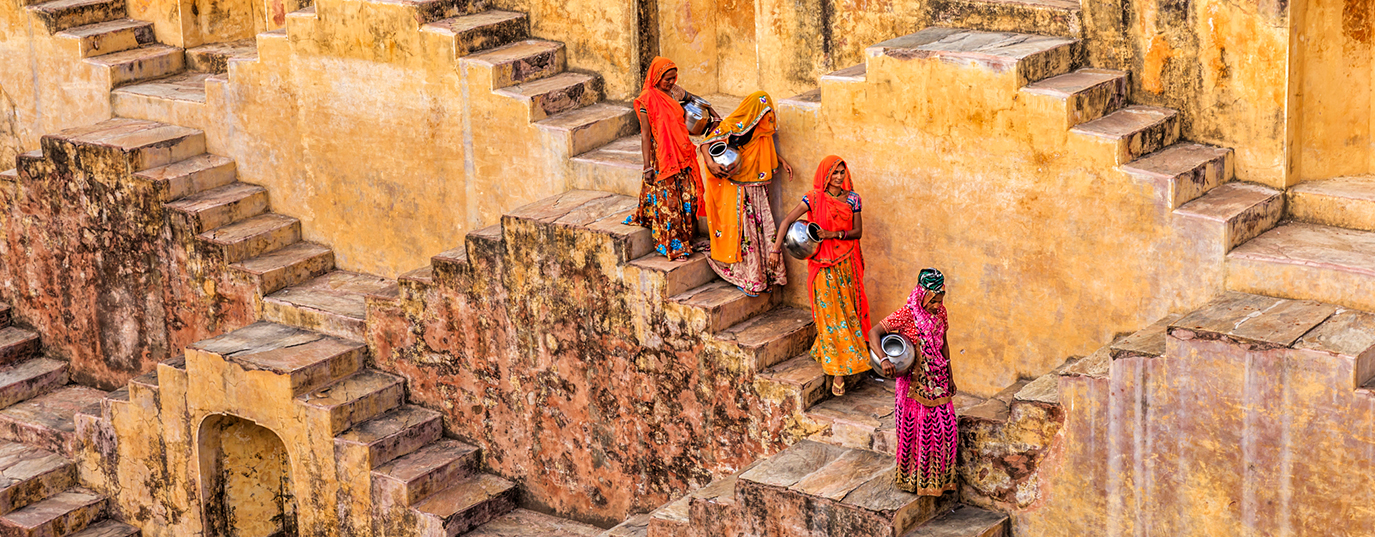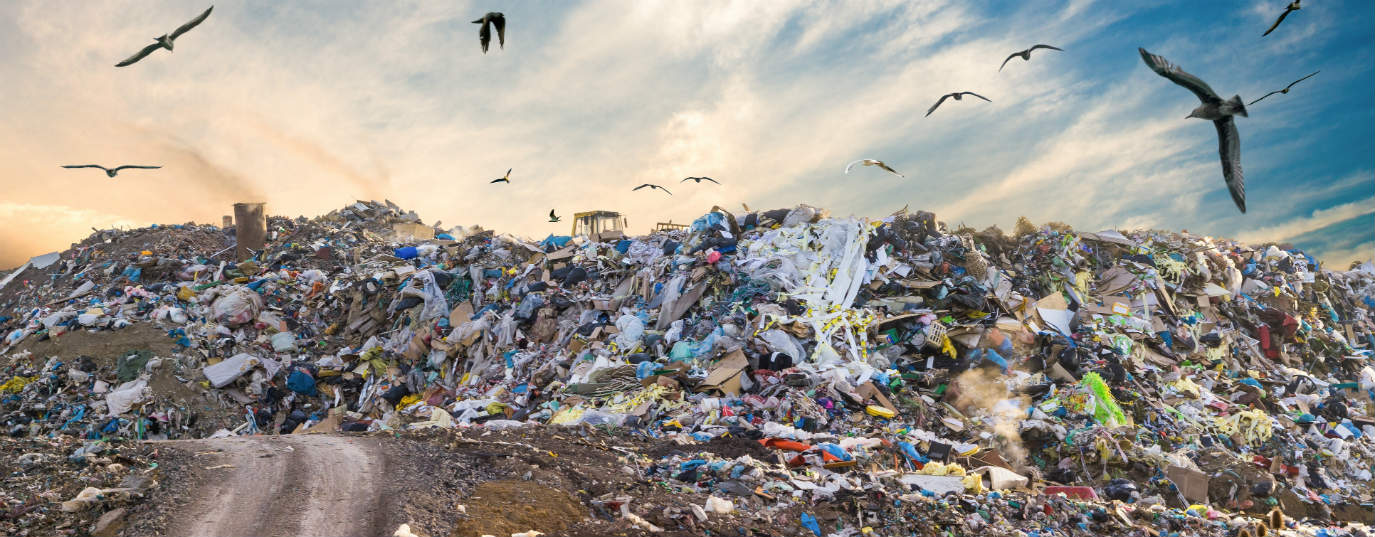What is circular economy?
Circular economy is presented as a system of resources utilization where reduction, reuse and recycling of elements prevails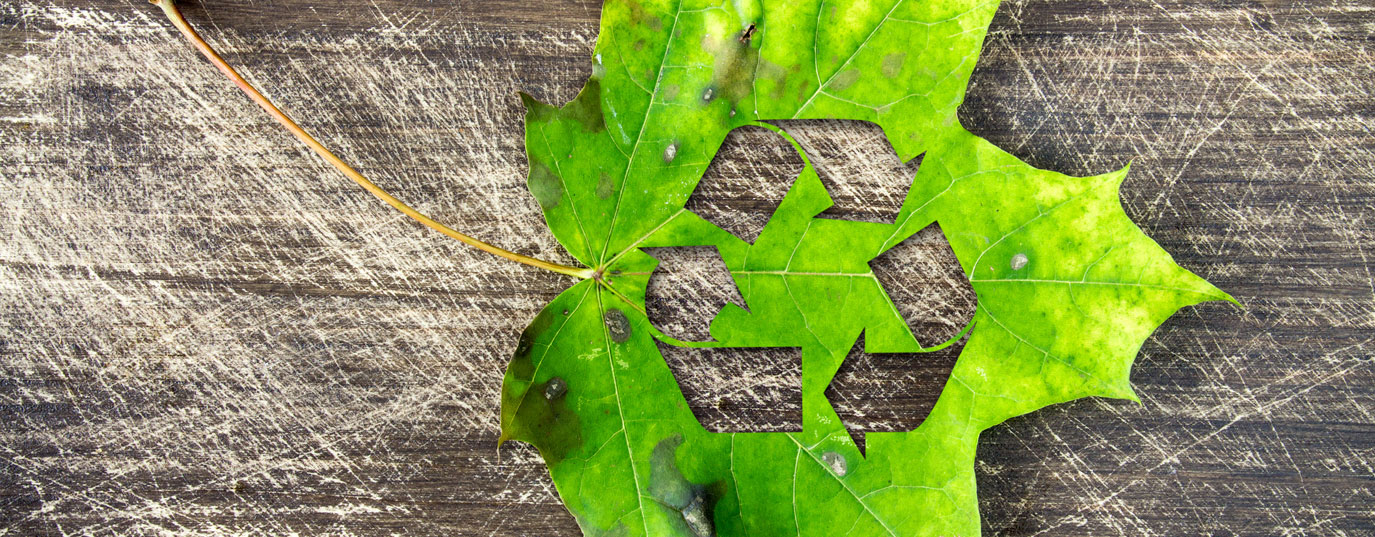
Manufacture, use and disposal? No, reduce, reuse and recycle. The current paradigm of lineal economic model could be coming to an end and its place will be taken by the circular economy.
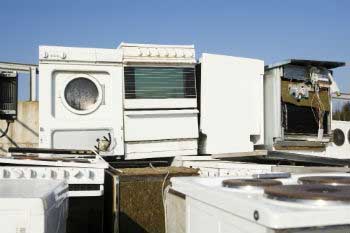
The current model of production and management of resources, goods and services that seeks to promote short-term consumption is leading the planet to an unsustainable situtation. The nowadays economic system is the opposite of the life cycle of nature and collides with sustainable development, focused on the long term. In nature there is no waste or landfill: all elements play a role continuously and are reused in different stages.
What is the circular economy?
Taking as an example the cyclical nature pattern, circular economy is presented as a system of resources utilization where reduction, reuse and recycling of elements prevails: minimize production to a bare minimum, and when it's necessary to use the product, go for the reuse of the elements that can not return to the environment.
That is, the circular economy promotes the use of as many biodegradable materials as possible in the manufacture of products -biological nutrients- so they can get back to nature without causing environmental damage at the end of their useful life. When it is not possible to use eco-friendly materials -technical nutrients: electronics, hardware, batteries... - the aim is to facilitate a simple uncoupling to give them a new life by reintroducing them into the production cycle and compose a new piece. When this is not possible, it will be recycled in a respectful way with the environment.
Good for users... and businesses
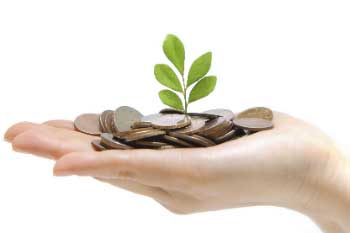
Unlike other economic models where the economic aspect prevails over the social or environmental, circular economy is a substantial improvement common to both businesses and consumers. Companies that have implemented this system are proving that reusing resources is much more cost effective than creating them from scratch. As a result, production prices are reduced, so that the sale price is also lowered, thereby benefiting the consumer; not only economically, but also in social and environmental aspects.
Circular economy principles
There are ten principles that define how circular economy should work:
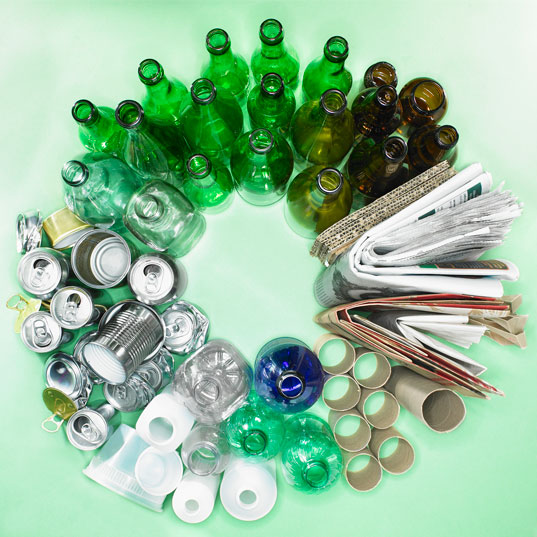
- Waste becomes a resource: is the main feature. All the biodegradable material returns to the nature and the not biodegradable is reused.
- Second use: reintroduce in the economic circuit those products that no longer correspond to the initial consumers needs.
- Reuse: reuse certain products or parts of those products that still work to elaborate new artifacts.
- Reparation: find damage products a second life.
- Recycle: make use of materials founded in waste.
- Valorization: harness energy from waste that can’t be recycled.
- Functionality economy: circular economy aims to eliminate the sale of products in many cases to establish a system of rental property. When the product completes its main function returns to the company, where it is dismantled for reusing the valid parts.
- Energy from renewable sources: elimination of fossil fuels to produce the product, reuse and recycle.
- Eco-design: considers and integrates in its conception the environmental impacts throughout the life cycle of a product.
- Industrial and territorial ecology: establishment of an industrial organizational method in a territory characterized by an optimized management of stocks and flows of materials, energy and services.
Do you think that the circular economy principles will change the current economic, social and environmental model? Join our poll and share yur opinion.
Sources: Expok, Fundación para la economía circular, Lecciones de la naturaleza and El Mundo.


